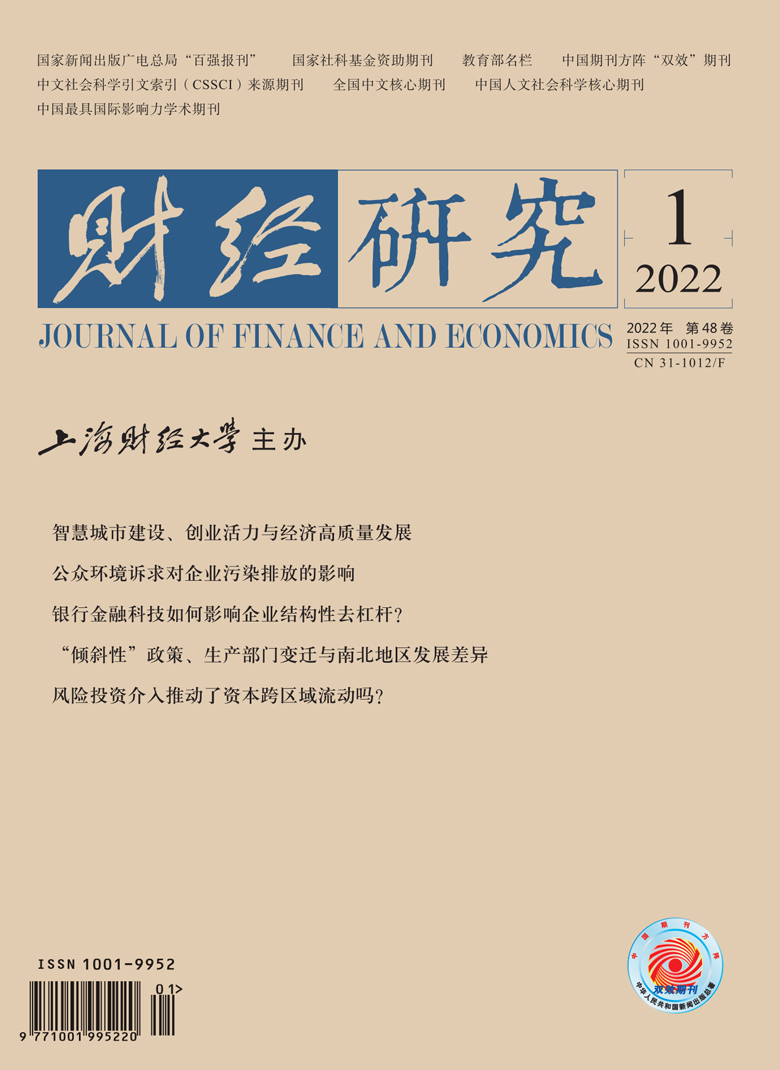The STAR market is expected to play a great role in the realization of “breaking through the core technologies and helping China to enter the forefront of innovative countries” proposed by the Fifth Plenary Session of the 19th Central Committee. The STAR market reforms the previous requirements of the profitability and corporate governance for companies going public. In the STAR market, multiple sets of listing standards are adopted and IPO candidates can choose an appropriate one to apply an IPO. The STAR market offers IPO opportunity to unprofitable companies, red chip companies and companies with special voting rights. Meanwhile, the complicated listing standards of IPO and candidates with high technology or nonstandard corporate governance bring much higher information asymmetry between IPO candidates and investors. To reduce this information asymmetry and increase IPO pricing efficiency are critical to the success of the new STAR market and the reform of IPO registration system. The IPO comment letter system is the most important measure to reduce this information asymmetry. The Shanghai Stock Exchange will issue comment letters to IPO candidates and require them to give explanations or supply more materials.
Taking listed companies from July 22, 2019 to December 31, 2020 in the STAR market as samples, we study the impact of information quantity and quality of response letters from IPO candidates on the divergence of institutional investors’ bids. We find that the more the words, the greater the amount of visualized information or the higher the readability of the text of response letters, the lower the divergence of institutional investors’ bids. The impact of the above information quantity and quality of response letters on the divergence of institutional investors’ bids is much higher in subsamples with higher R&D investment than in subsamples with lower R&D investment. Further tests show that when the information quality of response letters is lower or when the candidates are still challenged about the leading position of their technology, the impact of the information quantity and quality of response letters on the divergence of institutional investors’ bids is decreased.
The main contributions of this study are as follows: First, the IPO comment letter system is critical to the success of registration system reform in the STAR market. This is the first study on the impact of information characteristics of IPO candidates’ responses to comment letters on the divergence of institutional investors’ bids. Second, we confirm the mechanism of this impact, which contributes to the literature of comment letters. Third, the findings verify the divergence hypothesis of Miller (1977). Miller (1977) points out that it is the risks and uncertainties that enlarge the divergence of investors’ expectation. We find that the IPO comment letter system is critical to the decrease of the divergence of institutional investors’ bids, especially for candidates with high R&D investment.





 4165
4165  4754
4754

